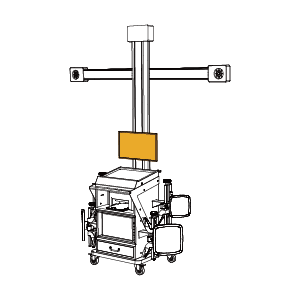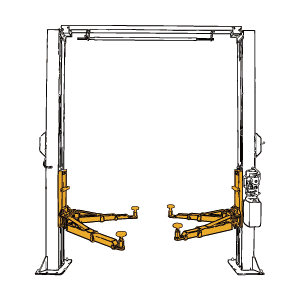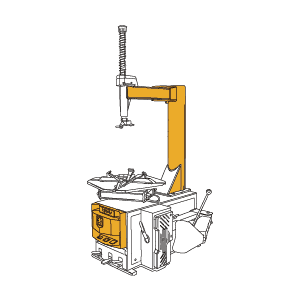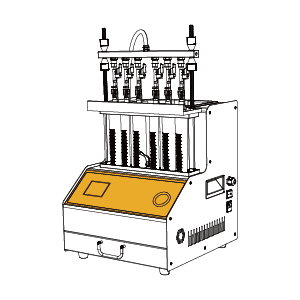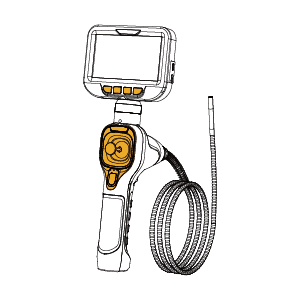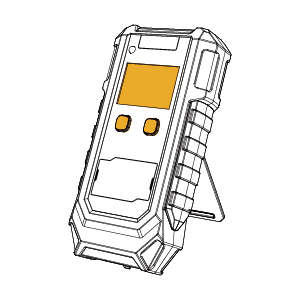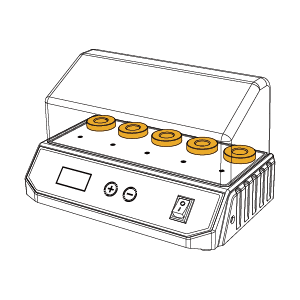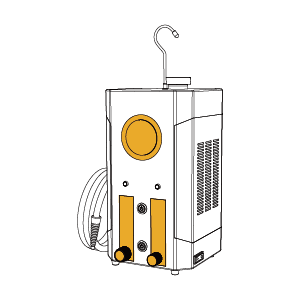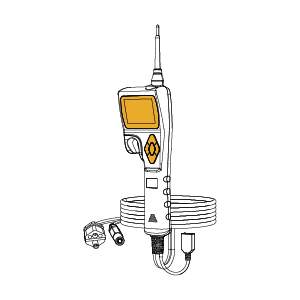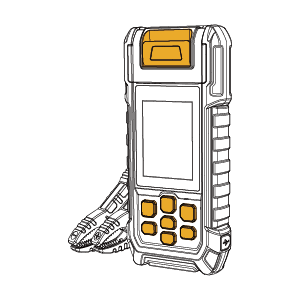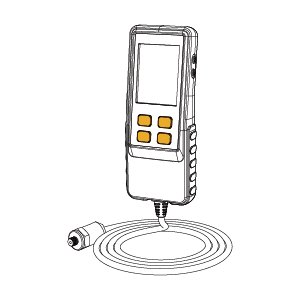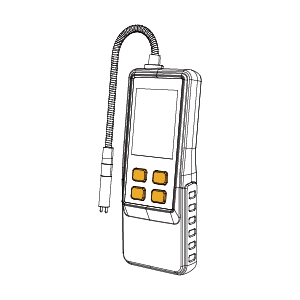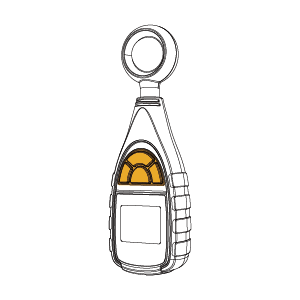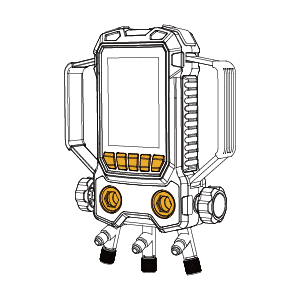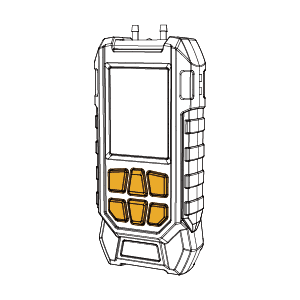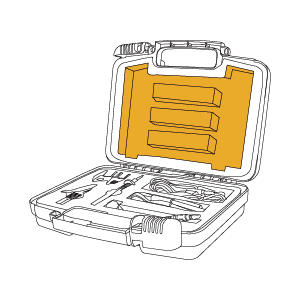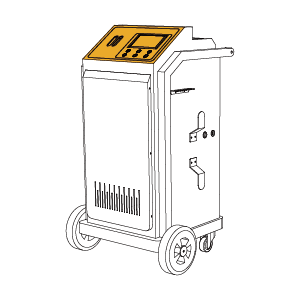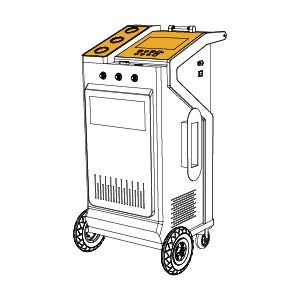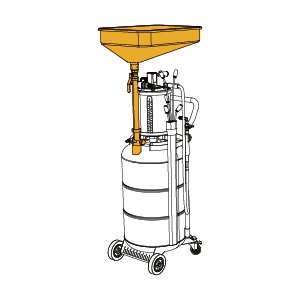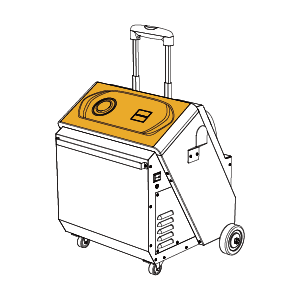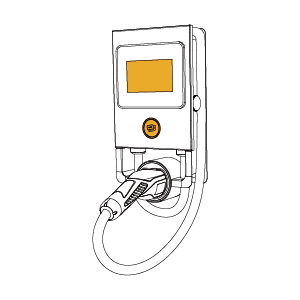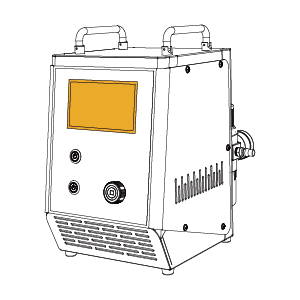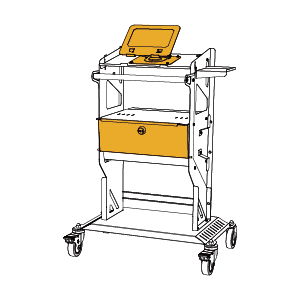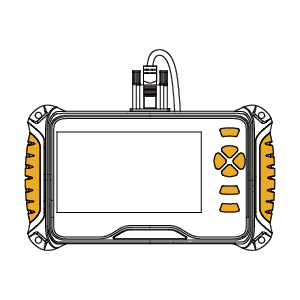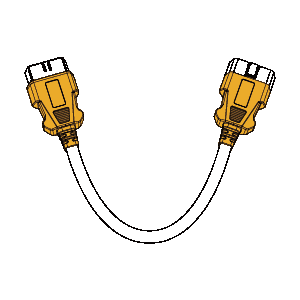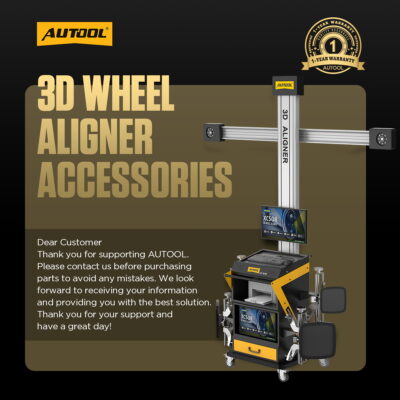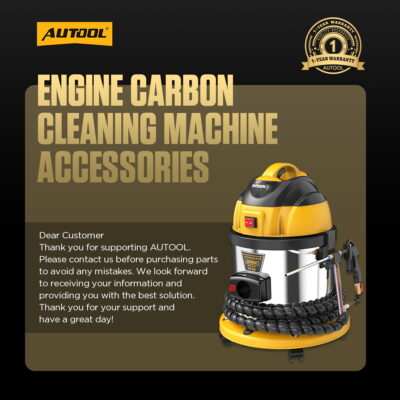Uncategorized
Tire Maintenance——Regular Tire Inspection and Changes Matter
Tires are the only point of contact with the road in a vehicle’s daily routine, and are vital to all aspects of our travel safety, fuel economy, and handling. Many vehicle owners tend to focus only on oil and brake system maintenance, but neglect tire maintenance. However, neglecting tire inspection and maintenance may bring you great safety risks. Today, we will detail how to extend the life of your tires and ensure our driving safety through tire inspection and tire rotation.
1.How to check the tires?
In daily driving, tires need to withstand the friction of the road surface, the impact of potholes, and wear and tear at high speeds. Accumulated over a long period of time, tires may suffer from uneven wear, insufficient tire pressure, aging, etc. These problems will not only lead to increased fuel consumption and unstable driving, but also directly affect our driving safety. Therefore, regular tire inspection is very important, especially when you plan a long distance trip or seasonal change, you should check the health of your tires in time to avoid the dangerous situation of flat tires and tires falling off.
- Tire pressure check: Tire pressure is a core indicator of tire health similar to the human heart. Low tire pressure deforms tires, increasing ground contact, wear, and fuel consumption. High pressure reduces grip, raising blowout risk at high speeds. Regularly check and adjust tire pressure per the owner’s manual.
- Tire wear bars: Car tires have wear bars indicating when the tread reaches its limit. Replace tires promptly when worn. Excessive wear reduces grip on slippery roads, increasing the risk of skidding and accidents.
- Tread damage and aging: Check the tread for cracks, bulges, or foreign objects. Aging tires, even with intact tread, harden and lose grip, risking control loss on challenging roads. Tires last 6–10 years, so even with infrequent driving, regularly check for aging and service or rotate as needed.
2.How do you car tire replacement?
car tire replacement (tire rotation position) is the process of switching the positions of four tires to reduce uneven wear. Different drive modes cause uneven tire load distribution, leading to varied tire wear. Regular rotation ensures even wear, extending tire life and improving handling stability.So how do you do the swap? The following section will give you a detailed description.
- Recommended cycle of rotating car tires
It is generally recommended to perform a tire shift every 6,000 to 8,000 kilometers. If car owners often drive on city roads and high speeds, the cycle can be extended appropriately; and if they often drive on bumpy roads or at high speeds, it is recommended to shorten the interval between changes.
- The way to change the position
- For front-drive vehicles, use an “X-shift”: cross the front wheels to the rear, and move the rear wheels straight to the front.
- Rear-wheel drive vehicles: usually choose “straight line shift”, that is, the front and rear wheels directly exchange position.
- Four-wheel drive vehicles: it is recommended to use “X-type shift”, so that the four tires wear evenly, especially in the bad road conditions of the four-wheel drive vehicles.
- Precautions to be taken when rotating car tires
Ensure tires on the same axle have matching size and tread to maintain handling and balance. For vehicles with significant front-rear drive differences, it’s best to use tires of the same brand and type to avoid handling issues.
3.Car owners daily tire inspection tips
- Keep tire pressure within the normal range: not only can it improve fuel consumption performance, but also avoid unnecessary wear and tear.
- Avoid rapid acceleration and braking: this will increase tire wear, especially on the front wheels.
- Do dynamic balancing and four-wheel alignment regularly: if the tires are not balanced, they are prone to vibration at higher speeds, affecting comfort and safety. A four-wheel alignment can prevent vehicle drift or abnormal wear.
- Replace aged tires: Check the date of manufacture and wear and tear of tires annually to ensure they are within safe limits. Replacement should be considered after more than 6 years even if the wear is not severe.
- Quick diagnosis: please don’t forget that you can ask a professional master or focus on checking the tires for any displacement at the same time during the regular maintenance at the 4S store.
4.Conclusion
Tire inspection and replacement are simple yet effective for safety and lowering maintenance costs. Many car owners find tire upkeep troublesome, but just a few minutes each month checking pressure, tread condition, and rotating tires can greatly enhance driving safety. While maintaining your engine and brakes, don’t overlook your tires. Wishing you a safe and pleasant journey!


